To get an idea whether the TPA3251 may be the hidden secret power chip inside topping PA5.0 I did a reality check measuring my TPA3251 PBTL monoblock prototype board. To give a rough overview I decided to compare SINAD at 1kHz/5W/4Ohms.
At a first glance the TI evalboard in PBTL-mode with a SINAD of 82,5dB (according to the plot in their data sheet) does not look that impressive. Measuring my monoblock yields a SINAD of 92,8dB. So yes, there is obviously some room for improvement. Topping PA5.0 with a SINAD of 105.5dB looks one order of magnitude superior. But wait....
To get the best out of my test equipment I checked the THD+N sweetspot in a loopback configuration. With proper input and output levels set the best result was a SINAD of 94,9dB.
In other words, I have reached the limit of my test equipment. It takes an AP555 to get the real numbers. Nice for the amp that must be better than measured but too bad for my test lab.
All in all I think it is possible to reach the fantastic performance of the topping PA5.0. with TPA3251. Keep in mind that I compared with monoblock configuration which may differ in performance from a 2.0 setup.
And btw, I would be grateful for a recommandation of a low budget USB-sound-interface with signicant better performance.
At a first glance the TI evalboard in PBTL-mode with a SINAD of 82,5dB (according to the plot in their data sheet) does not look that impressive. Measuring my monoblock yields a SINAD of 92,8dB. So yes, there is obviously some room for improvement. Topping PA5.0 with a SINAD of 105.5dB looks one order of magnitude superior. But wait....
To get the best out of my test equipment I checked the THD+N sweetspot in a loopback configuration. With proper input and output levels set the best result was a SINAD of 94,9dB.
In other words, I have reached the limit of my test equipment. It takes an AP555 to get the real numbers. Nice for the amp that must be better than measured but too bad for my test lab.
All in all I think it is possible to reach the fantastic performance of the topping PA5.0. with TPA3251. Keep in mind that I compared with monoblock configuration which may differ in performance from a 2.0 setup.
And btw, I would be grateful for a recommandation of a low budget USB-sound-interface with signicant better performance.
To get an idea whether the TPA3251 may be the hidden secret power chip inside topping PA5.0 I did a reality check measuring my TPA3251 PBTL monoblock prototype board. To give a rough overview I decided to compare SINAD at 1kHz/5W/4Ohms.
At a first glance the TI evalboard in PBTL-mode with a SINAD of 82,5dB (according to the plot in their data sheet) does not look that impressive. Measuring my monoblock yields a SINAD of 92,8dB. So yes, there is obviously some room for improvement. Topping PA5.0 with a SINAD of 105.5dB looks one order of magnitude superior. But wait....
To get the best out of my test equipment I checked the THD+N sweetspot in a loopback configuration. With proper input and output levels set the best result was a SINAD of 94,9dB.
In other words, I have reached the limit of my test equipment. It takes an AP555 to get the real numbers. Nice for the amp that must be better than measured but too bad for my test lab.
All in all I think it is possible to reach the fantastic performance of the topping PA5.0. with TPA3251. Keep in mind that I compared with monoblock configuration which may differ in performance from a 2.0 setup.
And btw, I would be grateful for a recommandation of a low budget USB-sound-interface with signicant better performance.
You will see even better performances with the next Allo TPA325X amp, that is late but should come in the market soon.
The fact is that well implemented TPA325X chip can perform very well when the components that surround it are great (inductors, caps, resistors, AOP etc).
what is certain with the TPA325X is that the price is not a guarantee of performance ...
This TPA3255 amp @ $1500 will confirm my hypothesis )
https://www.audiosciencereview.com/forum/index.php?threads/minidsp-shd-power-amplifier-review.17586/
Audiophonics has shared some pictures from the PA5, nothing has changed )
The pictures are consistent with the one that has already been shared, the caps are the same as the rest.
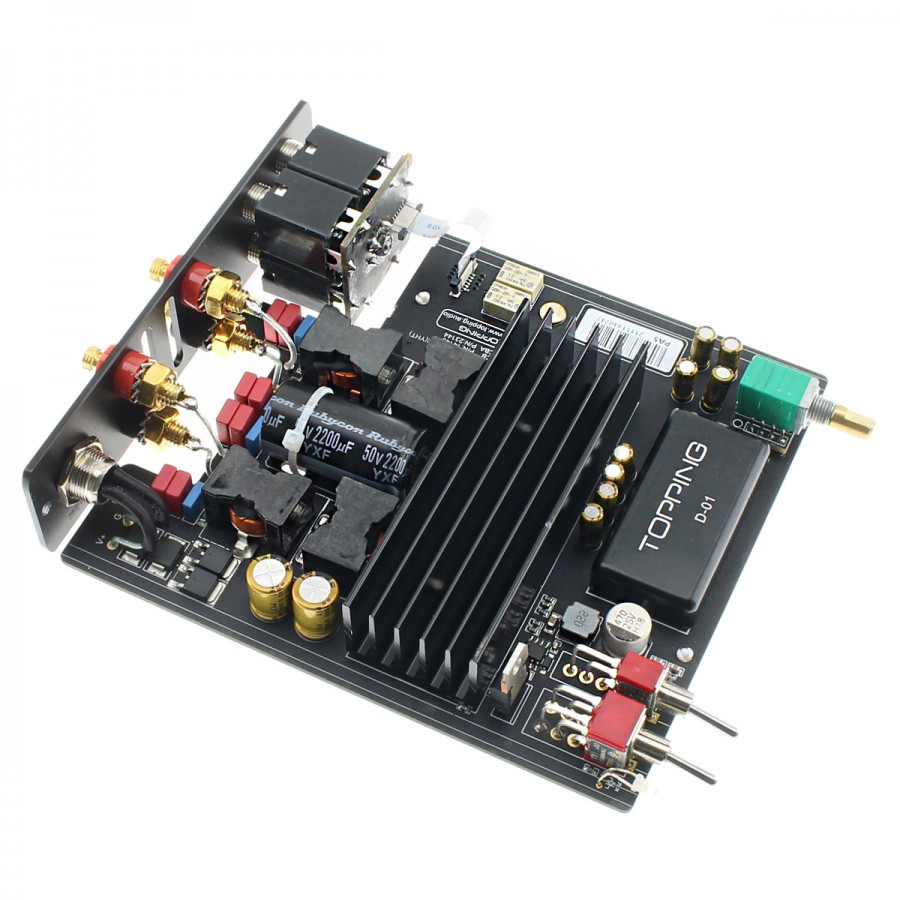

The axis of the gold-plated potentiometer must make the difference ...
Otherwise the output inductors seem interesting.
The rest is hidden .... Great for DIY!
https://www.audiosciencereview.com/...-review-amplifier.28512/page-137#post-1030582
[ I think your 6º at 20khz requirement is way too restrictive! Here's PA5 frequency/phase response (phase in blue, lower trace) ]

[ I think your 6º at 20khz requirement is way too restrictive! Here's PA5 frequency/phase response (phase in blue, lower trace) ]
Phase shift in class D amplifiers. How it affects the sound?
https://www.diyaudio.com/community/...d-amplifiers-how-it-affects-the-sound.321578/Under the aspect of max linearity/lowest distortions these inductors are the best in class.The axis of the gold-plated potentiometer must make the difference ...
Otherwise the output inductors seem interesting.
The rest is hidden .... Great for DIY!
Under the aspect of max linearity/lowest distortions these inductors are the best in class.
I shared a few pages back a comparison on the performance of inductors and their influence with TPA325X chips.
The PA5 is probably using some CoilCraft SER2915H-103KL or Wurth 7443630700, both have flat wires inside.
Allo understood this point well and this is the reason why they have developed new inductors in the upcoming TPA325X. (Air inductors)


How does this one compare to others like SMSL SA200 in terms of sound and soundstage?
You meant SMSL AO200 or SA400 ?
Meant AO200 or also DA9. Curious if PA5 has much better soundstage as Class D is known to have much smaller soundstage.
These are all class D amps, the AO200 is using a pair of MA12070 infineon chips, exactly like the Sabaj A20A already discussed here.The TPA325X chip has theorically a best THD+N figure than the MA12070. But a well implemented MA12070, like the Sabaj A20, sounds just awesome.
It is probably a question of taste here : but I prefer the sound signature of the MA12070 that I find "warmer" with a great soundstage too.
Some measures of the AO200
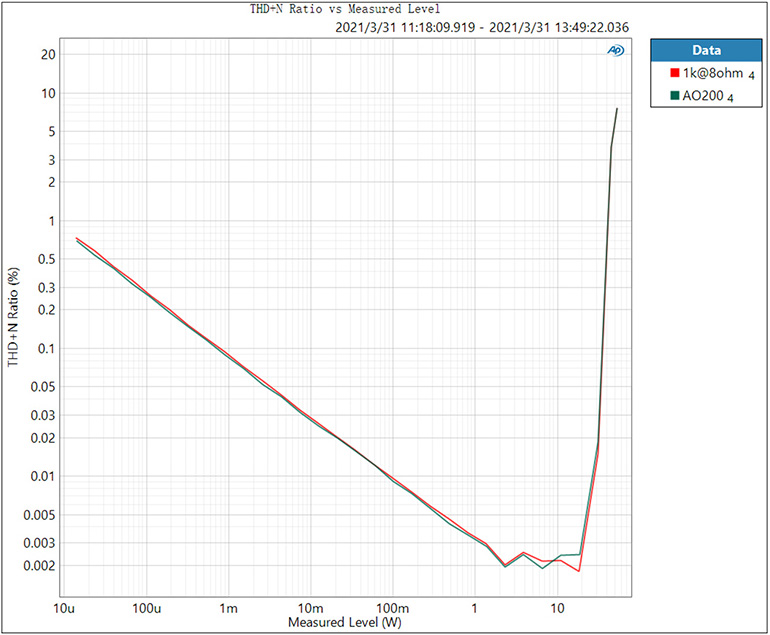
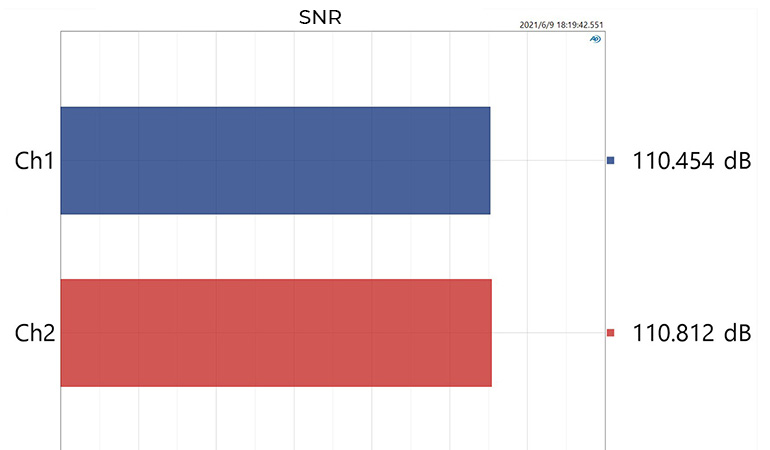
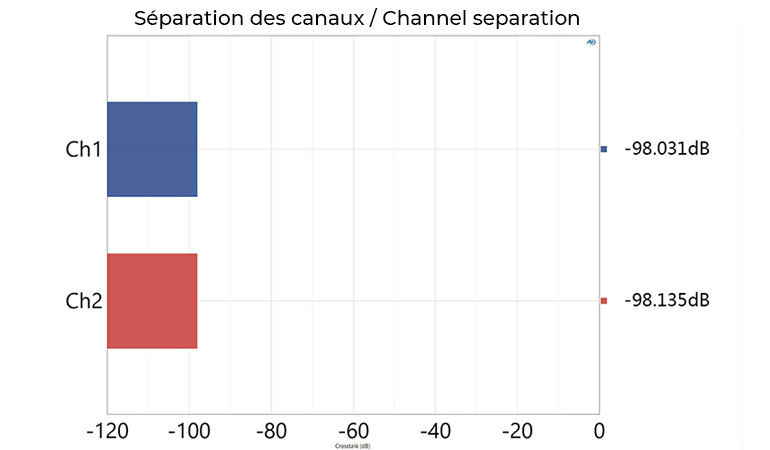
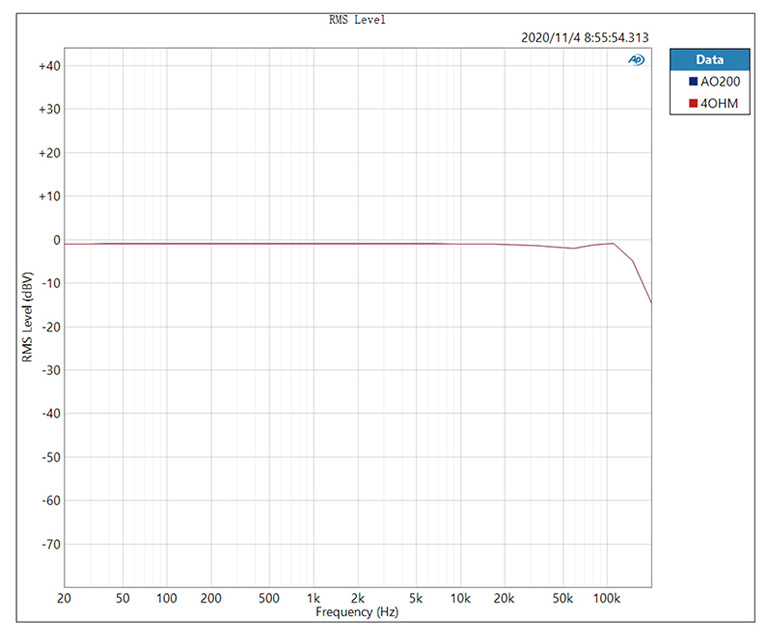
I have to agree, the well implemented Infineon MA12070 like the Sabaj A20a I own is pretty awesome.The TPA325X chip has theorically a best THD+N figure than the MA12070. But a well implemented MA12070, like the Sabaj A20, sounds just awesome.
It is probably a question of taste here : but I prefer the sound signature of the MA12070 that I find "warmer" with a great soundstage too.
It is in the bass department that the MA12070 is at a disadvantage, the bass is precise but does not have the impact of another type of class D (or my class AB amplifier).
Then it is a matter of taste compared to the TPA325x and of the quality of the mounting around this chip.
I agree, not just the bass but also the midrange. I guess it's the implementation. We will see when we further play around with the A20.It is in the bass department that the MA12070 is at a disadvantage, the bass is precise but does not have the impact of another type of class D (or my class AB amplifier).
Then it is a matter of taste compared to the TPA325x and of the quality of the mounting around this chip.
The TPA3251 I have been playing with seemed to have a dark sound at first 'sight', certainly compared to the A20 (too much highs to my taste). But the Hi-hat and cymbals appeared from the pitch black very beautifully. And tuning it gave it power and a full sound with very nice mids. Friend with a refurbished big Accuphase was amazed how good the mids were...
What could be done is piggybacking some SMD caps close to the power chip.
This will increase capacitance AND decrease ESR.
Maybe a slight decrease of IMD in the 32 tone test?
Another question.
Has anyone tried QUADs current dumping by combining a class D amplifier with an small high bandwidth Class A amp to cancel out the noice?
This will increase capacitance AND decrease ESR.
Maybe a slight decrease of IMD in the 32 tone test?
Another question.
Has anyone tried QUADs current dumping by combining a class D amplifier with an small high bandwidth Class A amp to cancel out the noice?
I will be running a PA5 and a Pecan Pi Streamer/Dac (Balanced) I'd like to use a Subwoofer as well and was thinking of building a Passive Line Level Crossover (XLR Input, TRS Output box) using high quality caps/parts. Likely a High Pass 70Hz +/- (let the PA5 play down to 70 Hz). How difficult would it be to just do this inside the PA5 instead?
So far, the plan is to just use a XLR splitter cable from the Pecan Pi to connect PA5 and Subwoofer Amplifier (Crown XLS1502). Or maybe just get a DBX 223 Crossover? Any other ideas?
So far, the plan is to just use a XLR splitter cable from the Pecan Pi to connect PA5 and Subwoofer Amplifier (Crown XLS1502). Or maybe just get a DBX 223 Crossover? Any other ideas?
Last edited:
interesting art appeared
https://www.aliexpress.com/item/1005002310603441.html
https://www.aliexpress.com/item/1005002310603441.html
What have this with PA5 to do?interesting art appeared
https://www.aliexpress.com/item/1005002310603441.html
I find the PA5 to be a bit of an odd duck with pro audio balance inputs and consumer level small 5 way binding post outputs. Upon receiving mine I found foremost reaction was the replacing the later with Speakons as the amp was to be used whenever, wherever and my history with binding posts have relegated them to the ash heap upon discovering Speakons. The following are my experience replacing the binding posts.
Cheers,
Vanko
View attachment 1016093
View attachment 1016093





Cheers,
Vanko
View attachment 1016093
View attachment 1016093
Last edited:
- Home
- Amplifiers
- Class D
- Topping PA5 (TPA325X) : Is a modification worth it? ?